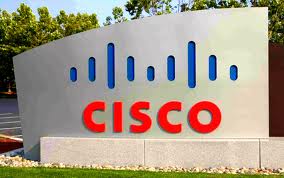By Ben Coxworth
Boosting solar cell efficiency is seen as a key factor in making them more practical, but there is another way of looking at the matter … if the price of those cells were lowered, we could generate more power simply by using more of them. That’s where Mississippi-based Twin Creeks Technologies comes into the picture. The company has developed a method of making crystalline silicon wafers which it says could reduce the cost of solar cell production by half.
Ordinarily, when crystalline silicon wafers are being made for use in solar cells, a chunk of silicon is cut into wafers that are each 200 micrometers thick. According to Twin Creeks, however, only the very surface of that wafer is “active” – the rest is wasted. Much less waste would occur if the wafers could be made thinner, but using traditional production techniques, such wafers would be too fragile to stand up to the rigors of photovoltaic panel production.

In Twin Creeks’ proprietary Hyperion process, three-millimeter-thick disks of crystalline silicon are placed in a vacuum chamber, where they’re bombarded with a beam of hydrogen ions. The ion accelerator that’s used is reportedly ten times more powerful than anything else commercially available.

Through control of the voltage of its beam, a layer of ions is precisely deposited on each disk. Those ions proceed to penetrate the silicon, so they’re located just below its surface. The disks are then robotically transferred to a furnace and heated. This causes the ions to expand into microscopic bubbles of hydrogen gas, which in turn causes a 20-micrometer-thick layer of silicon to peel off the surface of each disk. A supportive metal backing is then applied to that layer, and it’s ready for use.
The disks can be reused up to 14 times, each time “exfoliating” another layer of silicon.
The resulting ultra-thin wafers are claimed to be at least as efficient as their thicker traditional counterparts, yet require 90 percent less silicon to produce. The system can be added to existing production lines, although because less tools are required, production costs should also be significantly reduced. Additionally, the technology can be used with other single-crystal materials such as gallium nitride and germanium.
Presently, the technology can be seen in action at Twin Creeks’ commercial demonstration plant in Senatobia, Mississippi. The company intends to license the Hyperion system to existing solar cell manufacturers.












